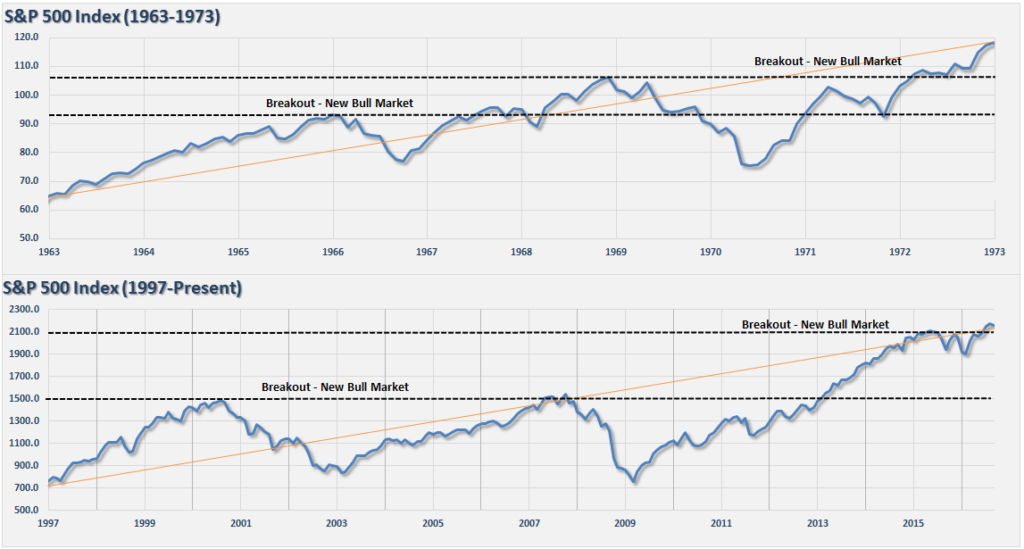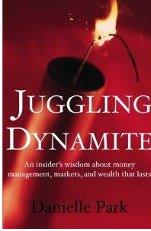Before arguing in favor of either leading Presidential candidate, thinking people should watch this new documentary available on Netflix from the director of Selma. Both Trump and the Clintons appear in this story as status quo actors. A flawed system needs fresh thinking, reform and ethical leadership, if America is to fulfill its promise and dreams.
The title of Ava DuVernay’s extraordinary and galvanizing documentary 13TH refers to the 13th Amendment to the Constitution, which reads “Neither slavery nor involuntary servitude, except as a punishment for crime whereof the party shall have been duly convicted, shall exist within the United States.” The progression from that second qualifying clause to the horrors of mass criminalization and the sprawling American prison industry is laid out by DuVernay with bracing lucidity. With a potent mixture of archival footage and testimony from a dazzling array of activists, politicians, historians, and formerly incarcerated women and men, DuVernay creates a work of grand historical synthesis. Here is a link to the trailer.



